1. Florence, Arizona
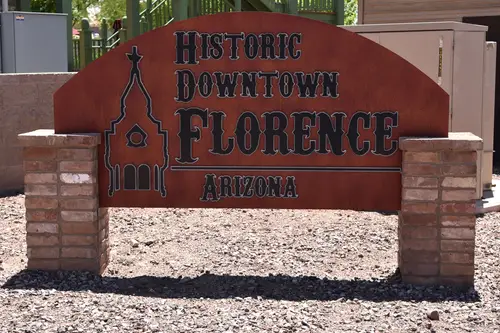
Florence proudly claims 1866 as its founding year, a date celebrated in parades and history books around town. The problem? Official incorporation didn’t happen until 1900, a good 34 years later. That gap leaves plenty of room for legends to grow. It’s the perfect example of a place where local lore beats the paperwork every time.
The reason this date stuck is simple: the 1860s story just feels more exciting. It ties back to early settlers and the rediscovery of old canals, which is way more colorful than “some paperwork was filed in 1900.” People love a dramatic origin story, even when it’s technically inaccurate. And Florence delivers that in spades.
2. Wickenburg, Arizona
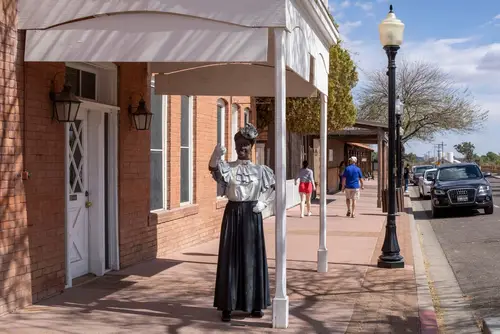
Ask anyone in Wickenburg, and they’ll tell you their town was founded in 1863 by rugged miners chasing gold. On paper, though, it didn’t officially exist until 1909. That’s a 46-year stretch where Wickenburg lived entirely in the pages of history books, not in the official state ledger. It’s a gap you could ride a horse through.
The appeal of the earlier date is obvious—miners, adventure, and treasure hunts make for a far better civic myth. Incorporation dates rarely make for thrilling campfire stories. But when you peel back the romance, you get a fascinating look at how a community can exist long before the law catches up. That’s what makes Wickenburg so perfect for this list.
3. Jerome, Arizona

Jerome’s reputation as a booming mining camp in the 1870s is legendary, and that’s the date people tend to celebrate. But the town didn’t actually incorporate until 1899. That’s more than two decades of living large without an official stamp of approval. Somehow, that just makes its Wild West image even stronger.
The earlier date comes from the copper strike that put Jerome on the map. The legal date? That’s the one no one talks about at the saloon. This mismatch is a reminder that mining towns often had their own rules long before the government showed up. And in Jerome’s case, that was part of the charm.
4. Tombstone, Arizona
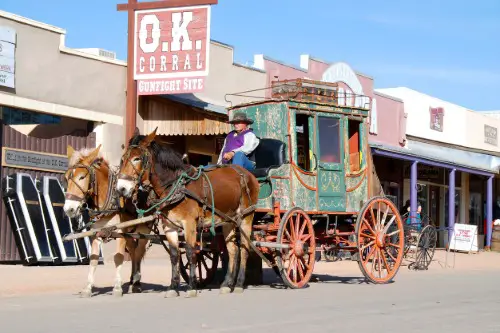
Tombstone loves to tell visitors it was born in 1877, right in the middle of the silver boom. Technically, though, it didn’t become an incorporated city until 1881. That’s four years of being famous without the official paperwork to prove it. For a place that prides itself on outlaws and legends, that feels pretty on-brand.
The 1877 date survives because it’s tied to the height of the town’s drama—gunfights, fortunes, and plenty of whiskey. Bureaucratic milestones don’t stand a chance against that kind of lore. And really, would Tombstone even want to be remembered for a date on a form? Probably not.
5. Phoenix, Arizona

Phoenix traces its roots to 1868, when settlers rebuilt canals and farms rose from the desert. The city, however, wasn’t officially incorporated until 1881. That’s a 13-year difference, but it’s enough to give the story a little haze. And Phoenix’s chosen date makes it sound older and more storied than it technically is.
The earlier date is romantic—it’s about rebirth, survival, and the echoes of ancient civilizations. The incorporation year feels like a technicality by comparison. And in civic storytelling, romance tends to win. Phoenix’s choice is proof of that.
6. Morristown, Tennessee

Morristown’s story starts around 1787, when Gideon Morris settled in the area. It took until 1855 for the town to officially incorporate, a gap of nearly seven decades. That’s practically a lifetime of living unofficially. And yet, the town embraces the earlier date without hesitation.
The appeal of 1787 is obvious—it connects the town to a rugged pioneer era. Incorporation just doesn’t have the same charm. Morristown is a classic case of choosing sentiment over strict accuracy. And that’s exactly why it belongs here.
7. Rogersville, Tennessee
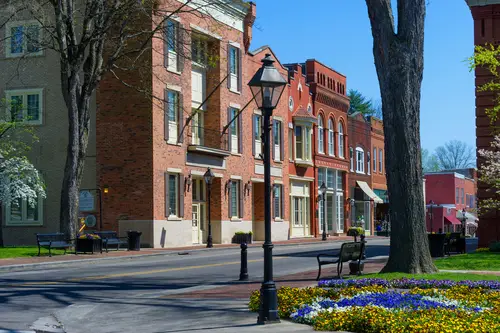
Rogersville says it was founded in 1789, thanks to one man, Joseph Rogers, who carved out a settlement in the frontier. But the official recognition came later, in ways the history books tend to gloss over. The celebrated date sticks because it’s rooted in a personal story. And who doesn’t love a good founder’s tale?
It’s that very personal origin that makes the mismatch so striking. The legend is tied to a man, not a government decree. In that sense, the celebrated date feels more “true” to locals than the paperwork. It’s history through the heart, not the archive.
8. Mount Dora, Florida

Mount Dora loves to tell the story of its 1846 naming, when the lake supposedly got its title from a pioneering woman named Dora. The problem is, census records cast doubt on whether she was even there at the time. The town’s real development came decades later, in the 1880s. But the older date just sounds more romantic.
The tale mixes charm, mystery, and a dash of myth-making. Even the name change from Royellou to Mount Dora adds to the drama. Historical accuracy takes a backseat to a story people want to tell and hear. That’s why 1846 still holds the crown in local celebrations.
9. Charlotte, North Carolina

Charlotte celebrates its 1768 founding date, proudly tying it to colonial settlement. But the land had been continuously inhabited by Indigenous peoples for centuries before that. Records suggest permanent communities as early as the mid-1500s. That’s a mismatch hiding in plain sight.
The colonial date fits the narrative the city wants to project—British roots, revolutionary history, and all that jazz. But the deeper truth gives it a far richer backstory. It’s a reminder that “founding” dates often just reflect one chapter in a much longer tale. And Charlotte’s is one of the longest.
10. Oraibi, Arizona
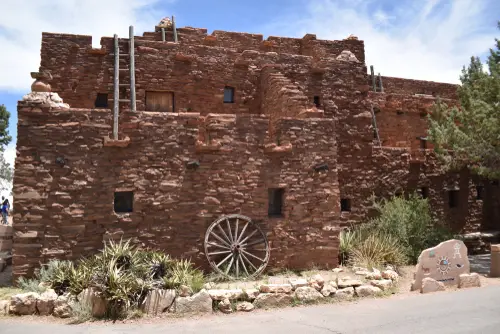
Oraibi claims to be one of the oldest continuously inhabited settlements in the U.S., with a founding date around 1150. Archaeologists think it could be even older, possibly before 1100. That means the date celebrated today might actually shortchange the town’s history. Imagine being older than your own birthday.
This is the rare case where the official date is too recent rather than too old. Oral tradition and archaeological evidence point to a much deeper past. The celebrated date works for convenience, but it’s hardly the whole truth. Oraibi wears its history like a badge, even when the math doesn’t quite add up.
11. St. Augustine, Florida
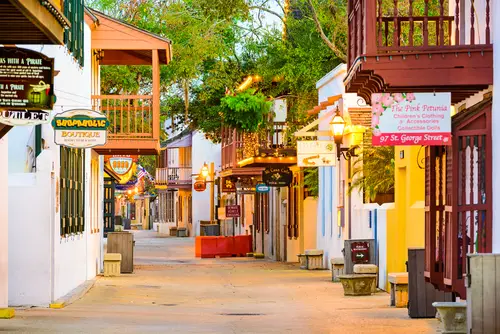
St. Augustine celebrates 1565 as its founding year, the date of Spanish settlement. But Indigenous communities had lived there for centuries before Europeans arrived. The “official” date reflects colonial history, not the full timeline. It’s a mismatch that’s literally built into the city’s identity.
Tourism loves that 1565 number—it’s neat, it’s European, and it makes for good branding. The deeper history is harder to package in a brochure. But for those who dig, the real founding date is much older. That tension keeps St. Augustine’s story interesting.
12. Santa Fe, New Mexico

Santa Fe’s official founding date is 1610, when the Spanish established a settlement. Archaeological evidence shows the site was occupied by Pueblo peoples for hundreds of years before that. In other words, its history doesn’t start where the signs say it does. And that’s exactly the kind of twist this list is about.
The 1610 date works for the history books, but it’s not the full picture. The older story is one of resilience and adaptation. Santa Fe celebrates the later date because it fits a certain narrative. But the real timeline is far more layered.
13. New Orleans, Louisiana

New Orleans marks 1718 as its birth year, tied to the French establishing the city. But the area had been home to Indigenous peoples for centuries before that. It’s another case where the official date ignores a much longer backstory. And yet, the French founding date is the one you’ll see on banners during celebrations.
That’s because 1718 ties into the city’s French Quarter charm and tourism appeal. The older, pre-colonial history gets overshadowed by powdered wigs and jazz parades. It’s not that the official date is wrong—it’s just incomplete. And that makes it a perfect closer for this list.
This post 13 Towns That Celebrate Founding Dates That Don’t Match Any Records was first published on American Charm.


